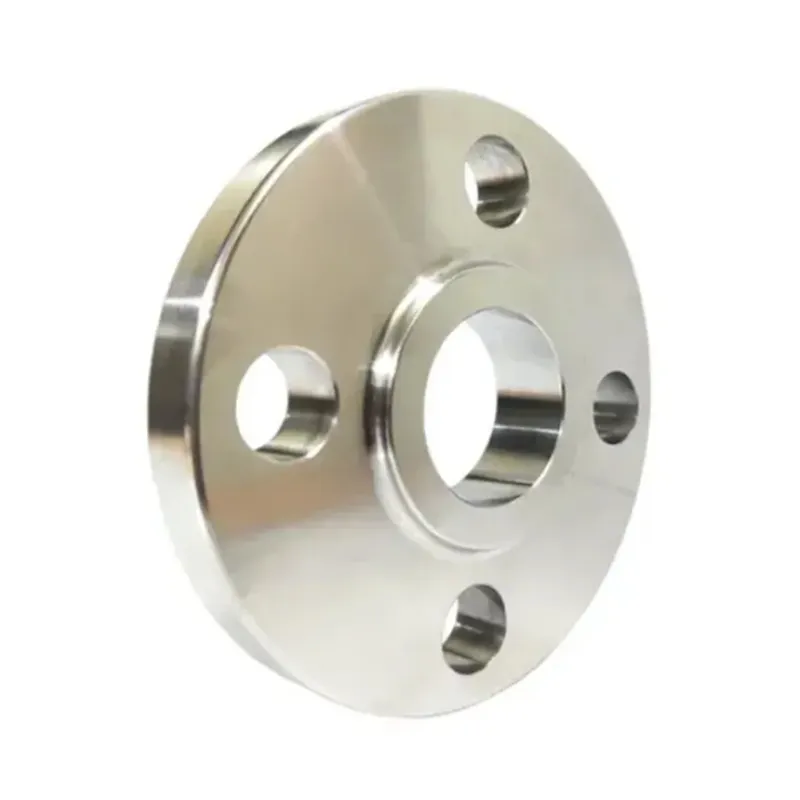-
Cangzhou Yulong Steel Co., Ltd.
-
Phone:
+86 13303177267 -
Email:
admin@ylsteelfittings.com
- English
- Arabic
- Italian
- Spanish
- Portuguese
- German
- kazakh
- Persian
- Greek
- French
- Russian
- Polish
- Thai
- Indonesian
- Vietnamese
- Zulu
- Korean
- Uzbek
- Hindi
- Serbian
- Malay
- Ukrainian
- Gujarati
- Haitian Creole
- hausa
- hawaiian
- Hebrew
- Miao
- Hungarian
- Icelandic
- igbo
- irish
- Japanese
- Javanese
- Kannada
- Khmer
- Rwandese
- Afrikaans
- Albanian
- Amharic
- Armenian
- Azerbaijani
- Basque
- Belarusian
- Bengali
- Bosnian
- Bulgarian
- Catalan
- Cebuano
- China
- China (Taiwan)
- Corsican
- Croatian
- Czech
- Danish
- Esperanto
- Estonian
- Finnish
- Frisian
- Galician
- Georgian
- Kurdish
- Kyrgyz
- Lao
- Latin
- Latvian
- Lithuanian
- Luxembourgish
- Macedonian
- Malgashi
- Malayalam
- Maltese
- Maori
- Marathi
- Mongolian
- Myanmar
- Nepali
- Norwegian
- Norwegian
- Occitan
- Pashto
- Dutch
- Punjabi
- Romanian
- Samoan
- Scottish Gaelic
- Sesotho
- Shona
- Sindhi
- Sinhala
- Slovak
- Slovenian
- Somali
- Sundanese
- Swahili
- Swedish
- Tagalog
- Tajik
- Tamil
- Tatar
- Telugu
- Turkish
- Turkmen
- Urdu
- Uighur
- Welsh
- Bantu
- Yiddish
- Yoruba

Dec . 10, 2024 04:14 Back to list
Overview of Various Grades of Stainless Steel Pipes for Different Applications
Understanding Stainless Steel Pipe Grades
Stainless steel pipes are widely utilized in various industries due to their excellent corrosion resistance, strength, and aesthetic appeal. These pipes are especially valued in applications that require durability and longevity, such as in construction, automotive, chemical processing, and food manufacturing. One of the critical aspects of selecting the right stainless steel pipe for a specific application is understanding the different grades available and their characteristics.
Overview of Stainless Steel Grades
Stainless steel is categorized into several grades based on its composition, mechanical properties, and intended applications. The primary stainless steel grades used for pipes are classified into different series, including the 200, 300, and 400 series.
1. 200 Series This series primarily consists of chromium and nickel but with a lower nickel content than the 300 series. One of the most common grades in this series is 201. While it offers good corrosion resistance, its ability to resist oxidation at higher temperatures is comparatively lower than austenitic stainless steels. The 200 series is often used in moderately corrosive environments and is more cost-effective due to its reduced nickel content.
2. 300 Series The 300 series is the most common group of stainless steel grades. Highlighted by excellent corrosion resistance and good weldability, the most popular grade in this series is 304. This grade contains between 18-20% chromium and 8-10.5% nickel, giving it robust properties against various corrosive environments, including acidic and alkaline conditions. Another notable grade is 316, which contains molybdenum, enhancing its resistance to chloride-induced corrosion. As such, grade 316 is particularly favored in marine applications and environments exposed to saltwater.
3. 400 Series This series includes martensitic grades known for their high strength and wear resistance. However, they are less corrosion-resistant than the 300 series. An example is grade 410, which is commonly used in applications that require hardness and the ability to withstand wear while being limited by severe corrosion. The 400 series is typically used in structural applications or where strength is prioritized over corrosion resistance.
Factors to Consider When Choosing Stainless Steel Pipes
stainless steel pipe grades

When selecting stainless steel pipe grades for a specific application, several factors should be taken into account
- Corrosion Resistance Depending on the environment where the pipes will be used, different grades offer varying levels of corrosion resistance. For example, if the pipes are to be used in marine applications, grade 316 stainless steel may be the better option due to its enhanced resistance to saltwater.
- Temperature Range Some grades perform better at high temperatures than others. For instance, grades in the 200 series may not withstand prolonged exposure to high temperatures as effectively as the 300 series.
- Mechanical Properties Understanding the required tensile strength, hardness, and ductility helps in selecting the right pipe. For applications needing significant strength, the 400 series may be more appropriate.
- Weldability Certain projects require the pipes to be welded, meaning the chosen grade must have good weldability. Austenitic stainless steels from the 300 series are often preferred due to their excellent welding characteristics.
Conclusion
Choosing the right stainless steel pipe grade is crucial for ensuring the longevity and performance of piping systems in various applications. With considerations such as corrosion resistance, temperature tolerance, mechanical properties, and weldability, professionals can make informed decisions that align with their project's needs. Each grade has its distinct features and advantages, making it necessary to evaluate the specific conditions under which the pipes will operate. By understanding the nuances of stainless steel pipe grades, industries can enhance their operations while maintaining safety and efficiency.
Latest news
-
ANSI 150P SS304 SO FLANGE
NewsFeb.14,2025
-
ASTM A333GR6 STEEL PIPE
NewsJan.20,2025
-
ANSI B16.5 WELDING NECK FLANGE
NewsJan.15,2026
-
ANSI B16.5 SLIP-ON FLANGE
NewsApr.19,2024
-
SABS 1123 FLANGE
NewsJan.15,2025
-
DIN86044 PLATE FLANGE
NewsApr.19,2024
-
DIN2527 BLIND FLANGE
NewsApr.12,2024
-
JIS B2311 Butt-Welding Fittings LR/SR 45°/90° /180°Seamless/Weld
NewsApr.23,2024











